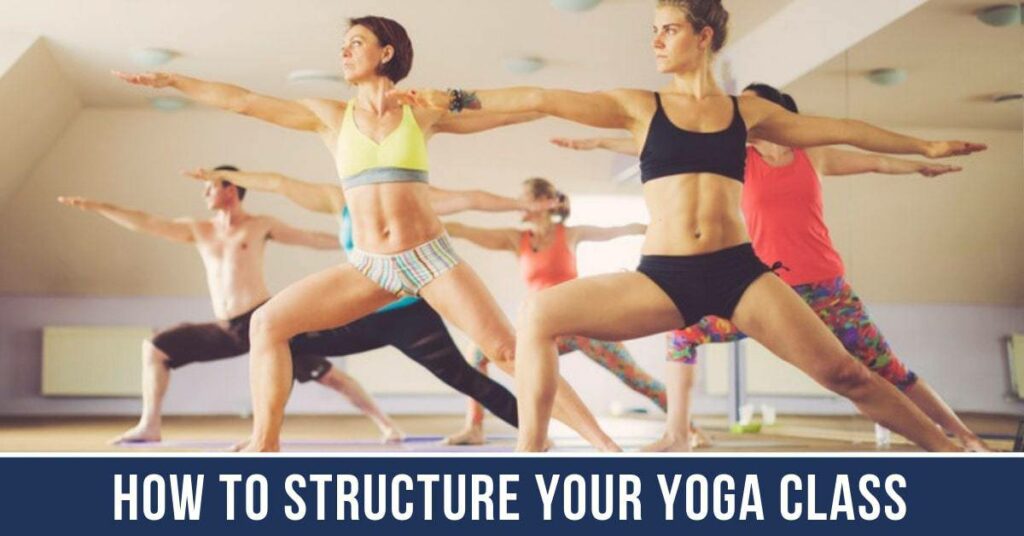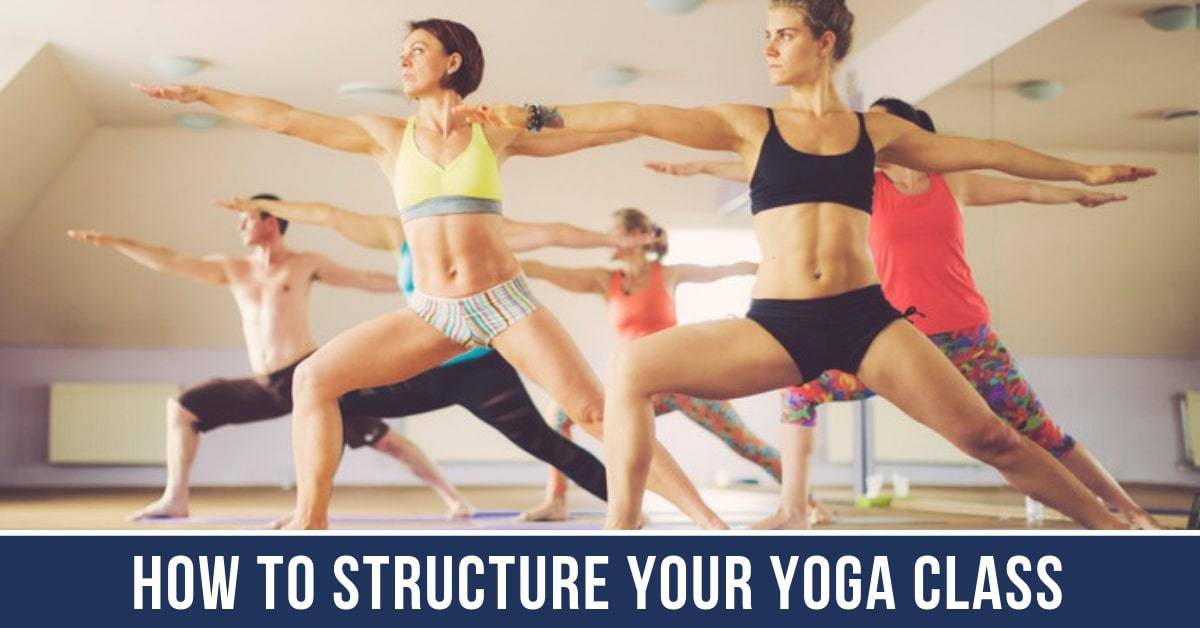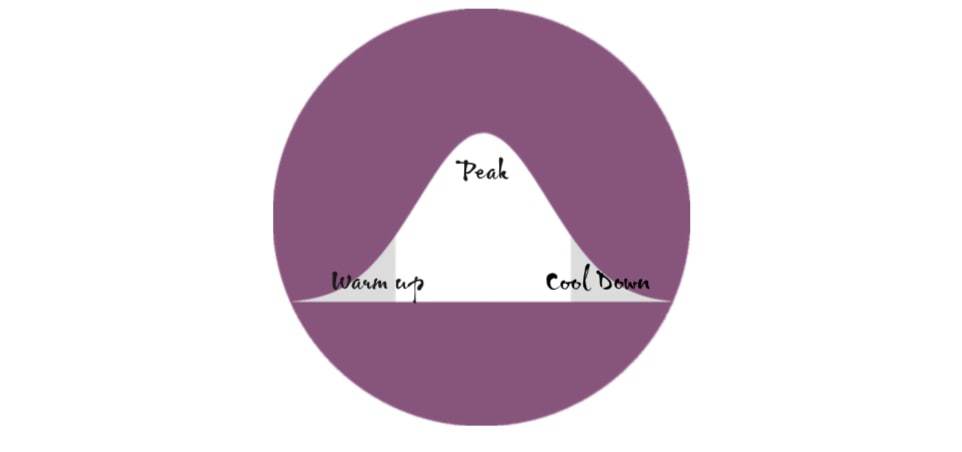When you’re planning your yoga classes, you might feel overwhelmed by the infinite number of sequencing options. However, there’s a basic class structure that almost never changes: warm-up, peak, and cool down. By following this structure, you can simplify the process of planning yoga classes.
Warm-up
The warm-up is your student’s opportunity to bring their awareness into the moment in time they are experiencing. The proprioceptive discovery of the sensations within their nervous system and muscular system are important to consider during the creation of your class.
The warm-up consists of slower, more methodical movements and your guidance of verbal cues. This will open up the awareness for your students and give them the opportunity to tune in to the subtle sensations in their bodies. These are often isometric holds in the body (the engagement of the entire body into one still pose), or slower, continuous movements to feel the pattern of the body in between postures.
The activation of their brain-to-muscle connection will prepare your students bodies for the more demanding pace of movement to follow.
As you vocalize the flow of your class, use the warm-up as the opportunity for mindfulness. If your student uses the force of their thoughts their quality of life has the opportunity to increase!
From the beginning of the class, start at very low intensity, and as the minutes move forward, move towards postures and movements that require more effort.
You can start seated, supine, standing, however you want! It’s about the intention of the movement, the irradiating of intensity the student decides to give to their nervous system during the posture, which is guided by your cues and teaching.
Peak
Steadily ramping up the intensity and effort in your class in a safe and effective manner will help to increase the movement potential within your students.
During the peak of the class, the postures and movements that are the most taxing to the nervous system are created to build strength, endurance, power, mobility, or whatever intention your direction is for the class that day. The students receive the most benefit of the peak postures after a carefully constructed warm-up because their muscular activation has already been considered before moving into a similar muscular activation that is now under more load.
In a Sport Yoga class, the peak postures can be the more explosive postures, movements that require a greater strength to achieve, or a movement repeated for a rep count.
Guide the class to move into a space of comfort so their body can experience a movement outside of its normal patterns, allowing a growth of potential and range to be experienced. Your students can choose the amount of energy they want to expend.
Cool Down
The decompression of a cool down can settle your students’ bodies into a balanced state. This is important because your students can end class with less stress in their bodies and even drop into a meditative state before going into the rest of their day.
As the instructor, you can use your language to guide students towards an expression of internal awareness during your movement class.
Cue statements that lower the intensity and effort of the postures, and sequence postures that are more directed to para-sympathetic feelings; the heart rate regulating, the breath normalizing, and the body lowering into a more relaxing state.
The cool down is your opportunity before class ends to remind yourself and your students of the importance of slowing down, experiencing the present moment, and creating an environment of movement leadership, somatic longevity, and mental flexibility.
Bell Shaped Curve
A simple way of observing a class is understanding the shape of a bell-shaped curve.
By looking at safety first, then efficiency, effectiveness, and creativity, the bell-shaped curve can be a reasonable structure of a class. This will help you be a flexible teacher that can waiver and create the flow of the class on the spot.
As a Yoga teacher, you are in charge of the amount of movement you would like to create for your students that day. The bell-shaped curve warms up the body, challenges it, and cools it down. By comparing where you are along the timeline of your class to the shape of the bell curve, it will explain the amount of energy expenditure that is beneficial for that moment in time.
Learn how to become a Sport Yoga Instructor. This program is a comprehensive online yoga teacher training program for fitness professionals who want to integrate yoga movements into their one-on-one training-group fitness or group exercise programs. Sport Yoga is a comprehensive online yoga teacher training program for yoga enthusiasts, personal trainers, current yoga instructors, and wellness professionals. Learn how you can quickly and easily add yoga to your fitness business and expand your career now.








